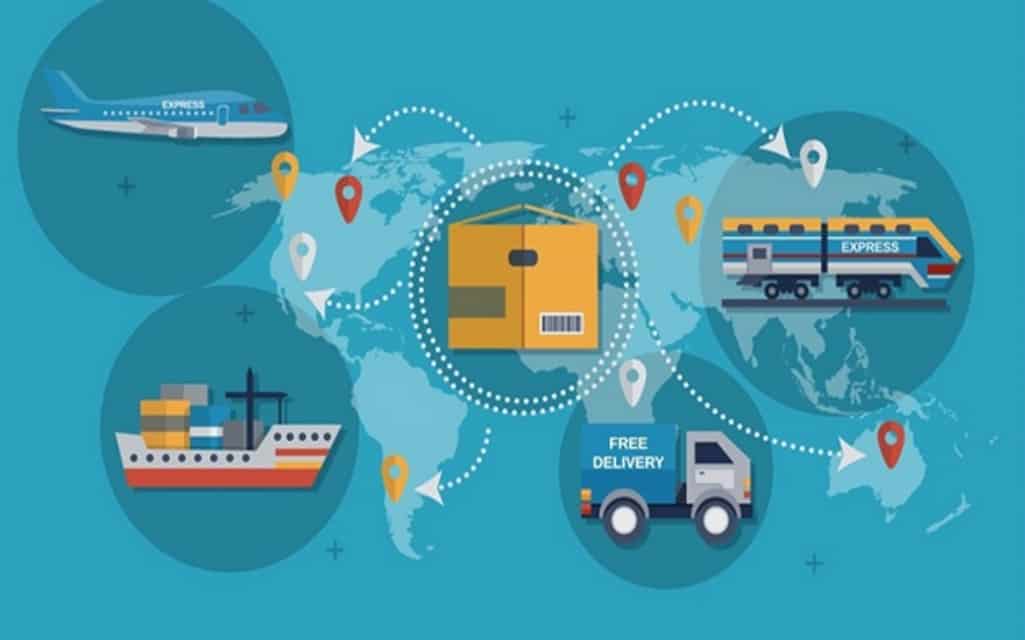Your supply chain is probably the most vital component of your business’ ability to make profits. After all, it’s all about delivering your products to your customers. The problem is that this issue alone is so complex, that a lot of people nowadays prefer to go for a drop-shipping model, just to avoid it. Still, for those who are a tad more ambitious, taking the easy road is never really an option. With that in mind and without further ado, here are six easy steps to set up your supply chain correctly.
1. Warehouse management
The first thing you need to understand about improving your supply chain correctly is that it all starts with proper warehouse management. In order to do that you need to invest in a good warehouse inventory management software. This will help you become much better at predicting future shortages and ordering ahead of time. Other than this, you will be able to arrange items that are most frequently in demand so that they are the most accessible. Needless to say, this kind of innovation makes it a lot easier for your staff to do their job.
2. Transport management
The next thing you need is a reliable transport management system, due to the fact that it provides your fleet with a much greater route efficiency and improved expediency of delivery. Other than this, you get better fuel efficiency, which makes your supply chain cheaper to run and, therefore, more energy-efficient. Lastly, by tracking all of these vehicles via GPS, what you’ll get is more efficient customer service. This is due to the fact that your customer service representatives will now be able to inform inquiring customers about the exact current whereabouts of the products in question.
3. Drivers or owner-operators
The next thing worth considering is whether you should go for a system based on company drivers (the traditional method) or opt for owner-operators instead. The latter own their own vehicles, which is why they are simpler to start working with. However, you will have to pay them more per delivery, even though the difference in payment is more than worth it when you consider the monthly payment for a corporate vehicle. Either way, both of these methods have their benefits and downsides.

4. Customer service
One of the things that a lot of entrepreneurs tend to overlook is the fact that the supply chain doesn’t end with the delivery. What if your customers have a complaint or want to leave feedback? How can you improve your system if you don’t know what its flaws are? Other than this, you also need to understand the fact that some of the customers might want to return the item. How do you handle this scenario? All of this is closely related to the issue of your customer service, so improving it may become the next vital step on this path.
5. Transparency on your website
One of the things that a lot of people don’t get is the fact that transparency is the name of the game. You see, there are a lot of people who are more than comfortable with waiting for 6 to 8 days to get the goods that they’ve ordered. This is why you don’t have to make the same-day or next-day delivery promises that you can’t keep. In fact, not only do you not have to make them, you definitely shouldn’t do so. Another thing you need to avoid is not including the price of the delivery service into the displayed cost of the product. The reason behind this is mostly the fact that it might harm your attempts to make a relationship based on trust with your audience.
6. Be realistic
The last thing you need to do is make some considerations when it comes to your overall supply chain capabilities. First of all, envision your ideal delivery service and ask yourself – is it cost-efficient? Sometimes, the question is even more basic than that – is it possible? Finally, you need to ask yourself is it really worth it. The amount of stress, potential reputation damage for your business and halt in operations that you’ll encounter in order to pursue a system that’s barely tangible might not even be worth it, to begin with. At the end of the day, setting up your supply chain correctly is not such a difficult task. All you have to do is segregate this process into simpler (basic) segments, and improve every one of those segments on their own. With the above-listed six ideas, this should be fairly simple to achieve.



